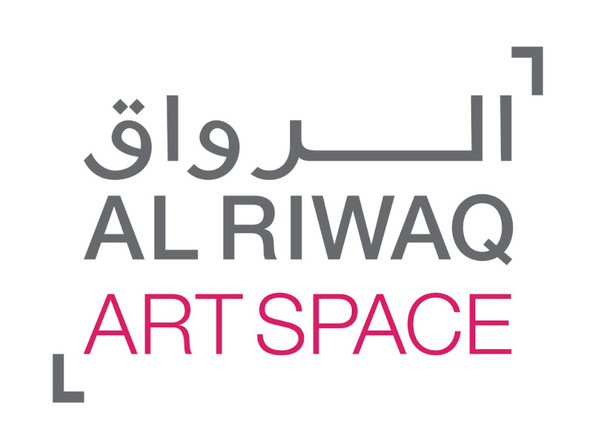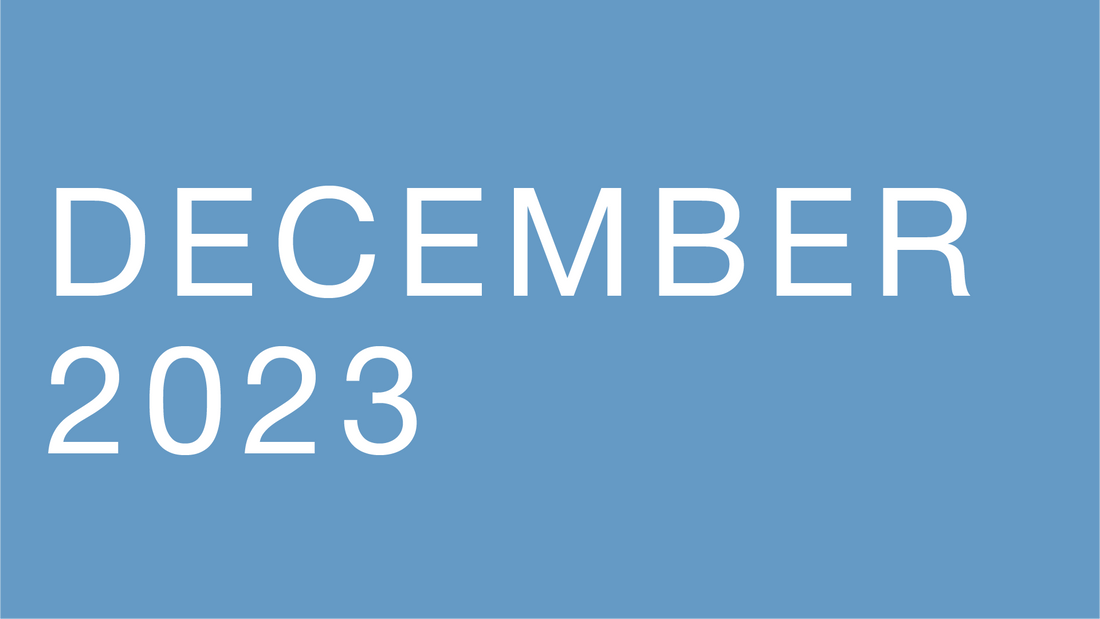Al Riwaq December program was at Muharraq, we conclude this year with an exciting line up of exhibitions, It was opened for everyone to visit, and we were pleased to welcome everyone to our exhibitions, workshops, and activities.
Muharraq is well known for its historic places and folkloric legends. Muharraq Night has a mysterious and alluring quality due to the winding alleyways and long shadows. Thos workshop aimed to explore two photographic topics: Night photography and Analog Silver-Gelatin photo printing. The photo walk started from the Bin Khater neighborhood and went south to Halat Bomaher. Participants used long exposures, intentional camera movements, and other photographic techniques to capture scenes from the alleyways of Muharraq.




A workshop to make a zine inspired by today's Muharraq and its relationship with its past and future. Participants walked around parts of the old city to collect ideas and find inspiration for handmade zines. They looked at old photos and heared short stories about the island of Muharraq that aid them with coming up with a concept for a short zine. The zines incorporate illustration, painting, cut-paper art, collage, and small woodcut printing.


This is a mix-media series of workshops that contributes to an exhibit, which displayed during Muharraq Nights Festival. Visitors of the Pearling Path at Muharraq have Came by the open space to participate and share their expression as part of this exhibit, that was also connected to the “Imagine our Place” workshop, which acted as a finale experience for the exhibit. Scroll below to read more about it.


A participatory writing and sketching workshop where participants interacted with ingredients from both land and sea they shared or created recipes. The contributions will be compiled into a collective recipe book.



Imagination Our Place workshop that had an open space for participants to imagine how might Muharraq city (and in a bigger context, Bahrain urban environment) might look like in the future in the context of our diverse identities (and how they are viewed) living in Bahrain might reflect in the development of the city. The relationship of artificial and natural spaces, and how they might thrive together.




